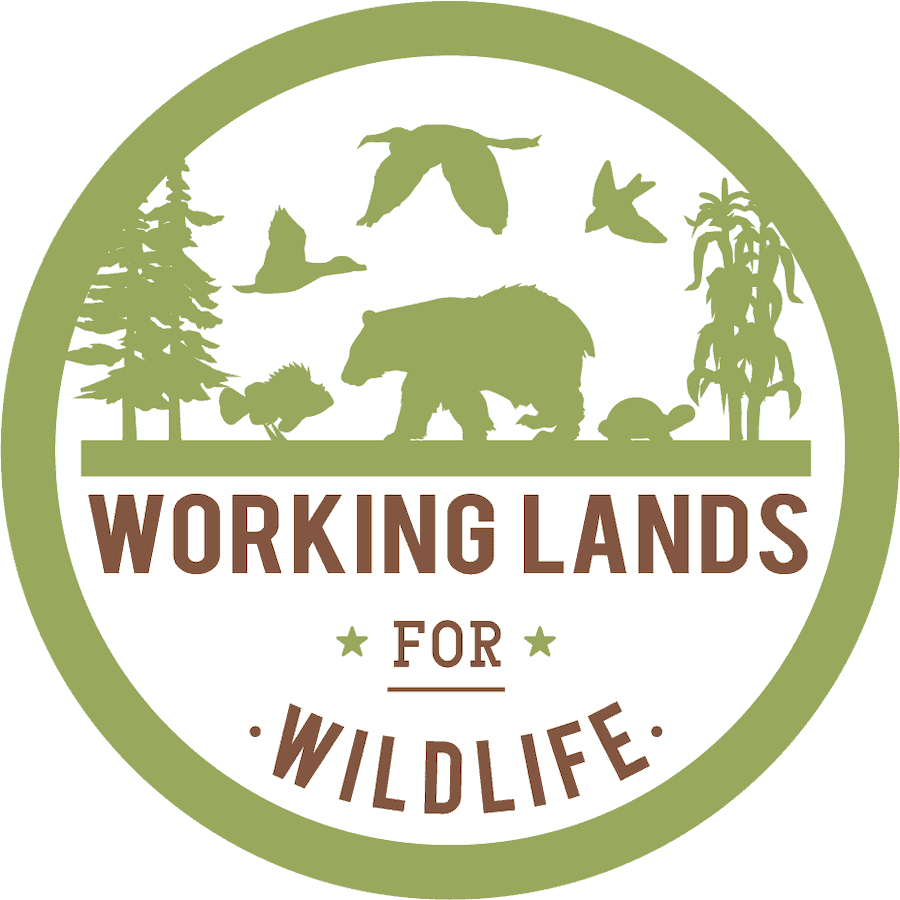-
CEC Monarch and Pollinator Conservation
-
by
Tab Manager
—
published
Nov 18, 2024
—
last modified
Nov 18, 2024 09:53 PM
—
filed under:
Grasslands and Savannas,
Working Lands for Wildlife,
General Resources and Publications,
WLFW,
Resources
For over two decades The Commission for Environmental Cooperation (CEC) have supported the conservation of the Monarch butterfly along its migratory route, by promoting community projects, developing action plans and supporting collaborative efforts in Canada, Mexico and the United States. Building on this model, we are supporting regional collaboration for pollinator conservation.
Located in
Resources
/
General Resources and Publications
-
Conservation Corridor April 2021 Newsletter
-
by
Web Editor
—
published
Apr 20, 2021
—
filed under:
Working Lands for Wildlife,
Newsletter,
WLFW,
Conservation Corridor
Identifying priority areas for binational connectivity of large carnivores.
Located in
News & Announcements
/
WLFW Newsletters
/
Conservation Corridor Newsletters
-
Conservation Corridor August 2025 Newsletter
-
by
Web Editor
—
published
Aug 31, 2025
—
last modified
Aug 31, 2025 10:28 PM
—
filed under:
WLFW,
News & Events,
News,
Working Lands for Wildlife,
Newsletter,
Conservation Corridor
Connecting science to conservation.
Located in
News & Announcements
/
WLFW Newsletters
/
Conservation Corridor Newsletters
-
Conservation Corridor February 2025 Newsletter
-
by
Web Editor
—
published
Feb 12, 2025
—
filed under:
WLFW,
News & Events,
News,
Working Lands for Wildlife,
Newsletter,
Conservation Corridor
Connecting science to conservation.
Located in
News & Announcements
/
WLFW Newsletters
/
Conservation Corridor Newsletters
-
Conservation Corridor July 2025 Newsletter
-
by
Web Editor
—
published
Jul 21, 2025
—
last modified
Jul 21, 2025 04:55 PM
—
filed under:
WLFW,
News & Events,
News,
Working Lands for Wildlife,
Newsletter,
Conservation Corridor
Connecting science to conservation.
Located in
News & Announcements
/
WLFW Newsletters
/
Conservation Corridor Newsletters
-
Conservation Corridor June 2025 Newsletter
-
by
Web Editor
—
published
Jun 05, 2025
—
filed under:
WLFW,
News & Events,
News,
Working Lands for Wildlife,
Newsletter,
Conservation Corridor
Connecting science to conservation.
Located in
News & Announcements
/
WLFW Newsletters
/
Conservation Corridor Newsletters
-
Conservation Corridor October 2022
-
by
Web Editor
—
published
Oct 09, 2022
—
filed under:
News,
Working Lands for Wildlife,
Newsletter,
WLFW,
Conservation Corridor
Conservation Corridor October Newsletter
Located in
News & Announcements
/
WLFW News Inbox
-
Conservation Innovation Grants: Successful Grazing Lands - Innovation to Implementation
-
by
USDA NRCS Science and Technology
—
published
Dec 30, 2020
—
last modified
Mar 05, 2022 01:56 AM
—
filed under:
WLFW,
Livestock,
Northern Bobwhite Quail,
Webinar,
NRCS,
Cattle,
Working Lands for Wildlife,
Grazing
Join pasture specialists, local graziers, and NRCS staff to discuss the Conservation Innovation Grant (CIG) on Grazing Lands and the benefits of establishing and grazing native warm season grasses for livestock and ground nesting wildlife. See how NRCS is helping more farmers establish and utilize good grazing techniques on their farms.
Featuring Dr. Pat Keyser (Center for Native Grasslands Management), J.B. Daniel (NRCS Virginia), and Keith Tuck (Virginia Grazier).
Located in
Learning & Tech Transfer
/
Webinars & Videos
-
 Cost Share Programs for landowners
Cost Share Programs for landowners
-
by
Web Editor
—
published
Feb 22, 2021
—
last modified
Apr 21, 2023 02:24 PM
—
filed under:
Training Resources,
WLFW,
Webinars and Instructional Videos,
Northern Bobwhite Quail,
Bobwhite Quail Seminar Series,
Video,
Grasslands and Savannas,
South Carolina Bobwhite Initiative,
Working Lands for Wildlife
Creating bobwhite habitat doesn't have to be expensive. SCDNR biologist Andy Krieg explains the ins and outs of a few cost share programs that are available to help you fund improvements on your property.
Located in
Training Resources
/
Webinars and Instructional Videos
/
Bobwhite Quail Seminar Series
-
Defenders of Wildlife Private Lands Conservation
-
by
Tab Manager
—
published
Feb 18, 2023
—
last modified
May 29, 2025 05:58 PM
—
filed under:
Landowner Resources,
WLFW,
Defenders of Wildlife,
Landowner Information,
Working Lands for Wildlife,
Resources
Defenders works with private landowners, land trusts and other partners to communicate, educate and apply conservation and restoration techniques on the ground habitat to advance species recovery and wildlife coexistence on private lands nationwide.
Located in
Landowner Information
/
Landowner Resources


